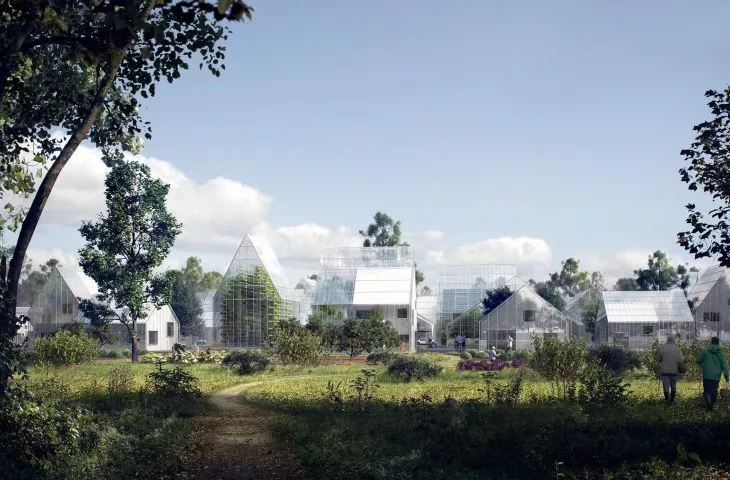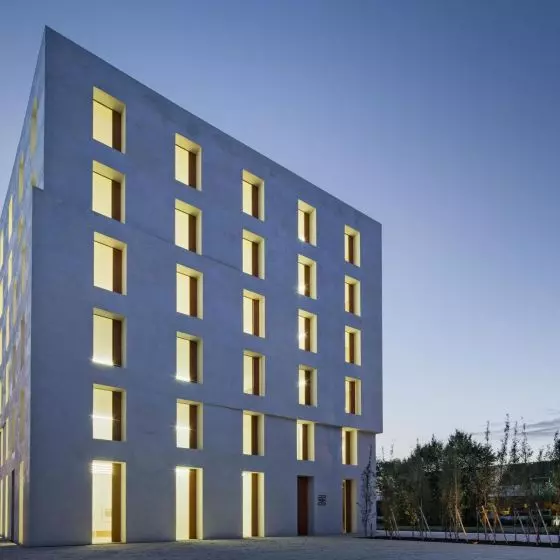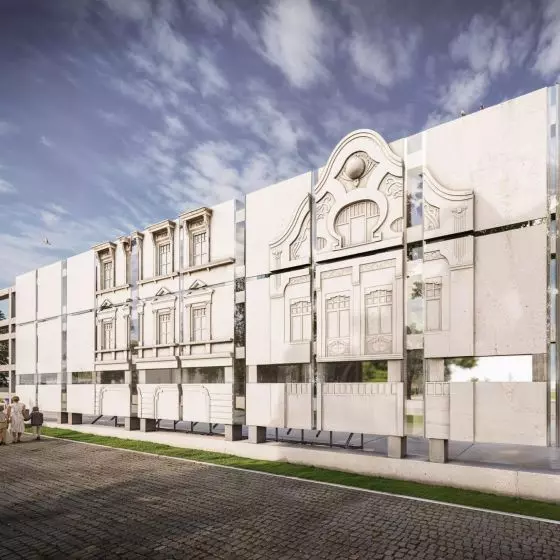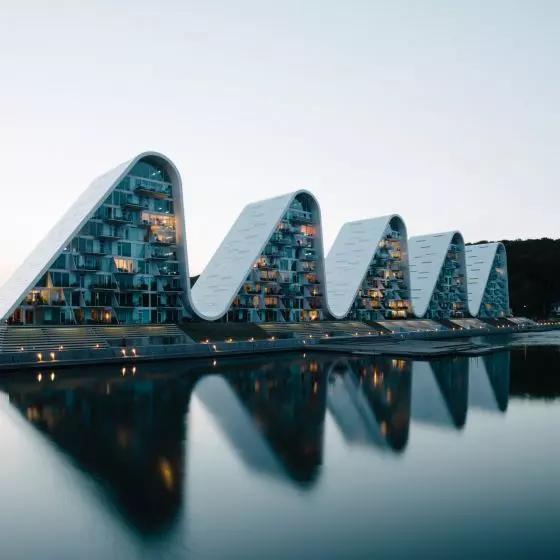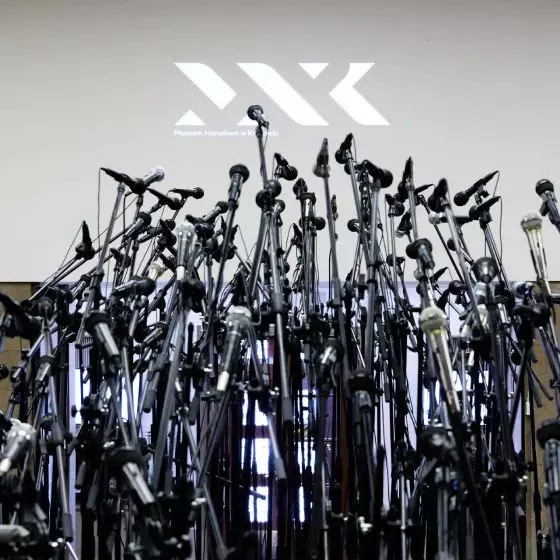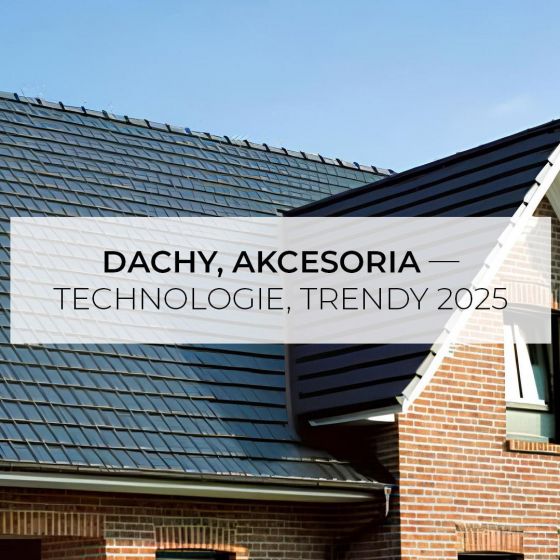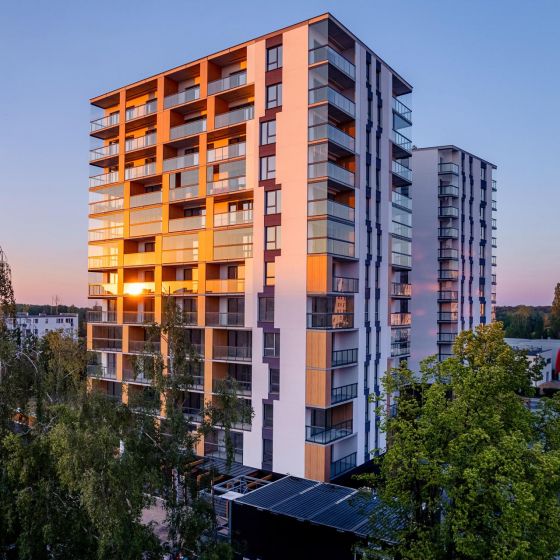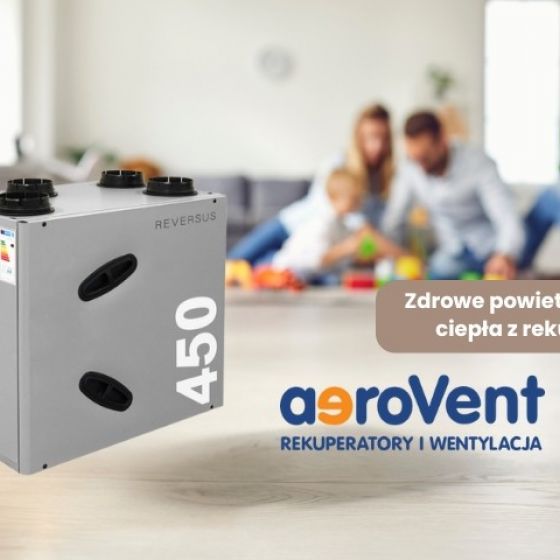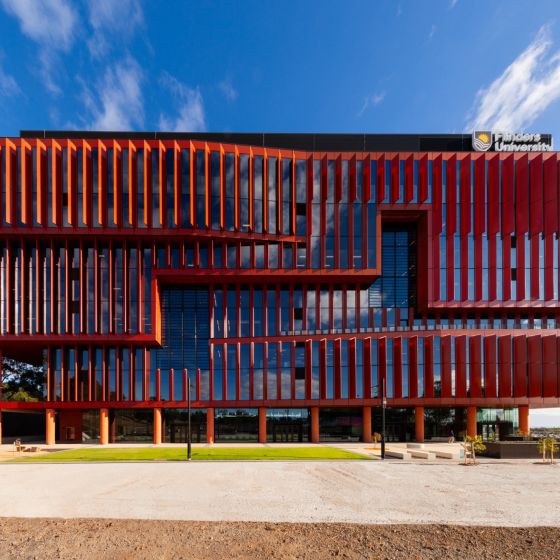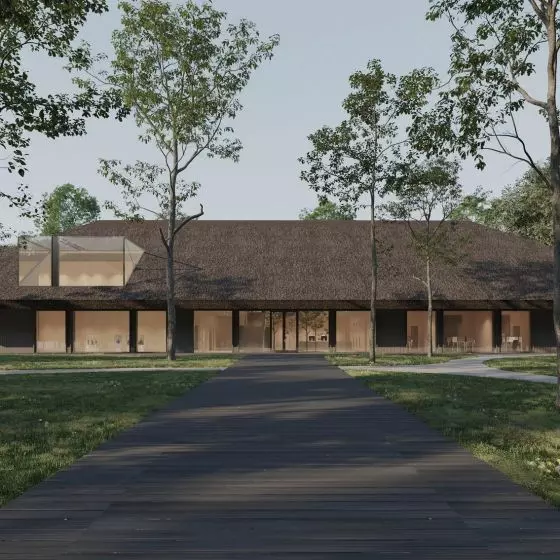"Climate Change Space" is a series of articles on architectural strategies for adapting cities to the climate crisis. Each text will touch on a different issue or function that plazas, parks and streets will have to perform in the near future - from water retention, to providing access to food, to places prepared to welcome climate migrants. Every two weeks, we will look at specific ideas from designers and already implemented solutions for transforming public spaces into a buffer to reduce the negative effects of weather change and provide infrastructure for the crisis.
Partner of the series
Off the grid
(Episode 2 of the series titled "Climate Change Space")
Increasing extreme weather events such as severe droughts and floods, fires and windstorms are destabilizing not only the natural environment, but also the systems and infrastructure built by people and serving cities on a daily basis, without which it is difficult to imagine normal functioning. We are talking about the water supply network, access to electricity and gas, public transportation or waste management. In the face of increasingly frequent emergencies, it will be increasingly difficult to keep existing infrastructure in full working order.
Poland, as a country that, right after Belgium, is the worst supplied(per capita) with water in the European Union, has to reckon with impending difficulties in the functioning of water supply systems, but also with interruptions in the supply of electricity from water-cooled coal-fired power plants (this problem has been returning with each summer heat wave for several years now). An attempt to respond to problems in grid operation on a national or city scale are projects of buildings, neighborhoods and entire towns operating off-grid, that is, off the grid.
The main premise of such projects is the ability to function temporarily or permanently off the global power or water grid - units of various scales from buildings to neighborhoods are designed to be self-sufficient, producing as much energy as they use themselves, storing surpluses for days of shortage and recycling internally as much of the waste as possible. Such strategies can address the overall functioning of a city with all the necessary utilities, but they can also secure one of the key supplies for human functioning - energy or water.
To stock up
One of the more severe effects of climate change is drought and chronic water shortages in urban areas. That's why it's so important to collect it whenever possible. In addition to conventional rainwater harvesting and retention tanks, building finish solutions that support responsible water management are also possible.
Aquatecture
© Shaakira Jassat - Studio Sway
Aquatecture is a facade panel designed by Studio Sway for dense urban environments where there is no room for extensive water storage tanks. It can be used on both new and adapted buildings, and, according to the designer, will also work well as a free-standing installation. The task of the Aquatecture panels is to capture water at the earliest possible stage, before it becomes contaminated, and then store it and use it in case of drought.
Aquatecture
© Ronald Smits, Angeline Swinkels - Studio Sway
When water is scarce
Water storage, however, requires rainfall. Aquatecture is therefore an interesting idea, but designed for drought-stricken areas, the water harvesting panel may not seem like a high priority for implementation. More promising are concepts for producing water where there is none, from locally available resources. The container-enclosed Wood-To-Energy Deployable Emergency Water ( WEDEW ) energy and water generator is a machine that converts biomass into an essential human resource, regardless of weather conditions. The developers argue that the installation would allow communities exposed to water and power outages to become more independent, and reduce the instability of infrastructure exposed to weather events.
WEDEW in the San Francisco Bay Area
© Skysource
WEDEW's operating principle is based on biomass gasification, the product of which is electricity, hot humid air (from which water is later extracted) and biocarbon. The cost of producing energy from gasification is about 1/10th of the cost generated by producing solar energy from an area similar to the area of the WEDEW container. The biomass fuel necessary for the plant's operation can be obtained from by-products of local agriculture and forestry, as well as natural disasters (processing of fallen trees and damaged plantations).
Economics of sharing
Combined with the instability of renewable energy sources is the lack of predictability of power supply. The transition from fossil fuels to green energy involves an overhaul of the entire energy system, which will require not only the storage but also the use of electricity in a more collaborative, community-based way. There will be many small suppliers in the system, who will be able to share their own resources and benefit from the potential of their neighbors. Phi is a way of organizing this exchange based on existing P2P (peer-to-peer) models in the Internet environment where there are many equal suppliers and consumers. At this stage, the application allows simulating complex energy networks based on decentralized sources of clean energy and individual consumers. The tool allows optimal planning of the network and investment in the necessary infrastructure, with all decisions made jointly by future users/owners. The infrastructure built in this way is intended to make local communities independent of large energy corporations, allowing them to switch to entirely renewable energy without worrying about the stability of power supply.
Phi - your interface to peer-to-peer energy
© Aliaksandra Smirnova, 2018
New urban deposits
However, also within the framework of existing infrastructure and classic centralized systems, innovations are possible, the implementation of which allows the exploitation of completely new types of energy "deposits", hitherto only a by-product of other activities carried out in the city. Islington Council in London has implemented an innovative district heating infrastructure system, for which the source of energy is heat generated by the oldest deep subway line in the world.
Infographic - the principle of the system
© Paul Weston / Ramboll
In order to supply heat energy to more than 1,350 homes, Ramboll engineers proposed to use heat extracted through a subway ventilation shaft located on City Road, where air heated to 18-28 degrees Celsius is released into the atmosphere from an abandoned subway station. This uses waste heat pumps to raise the temperature to 80 degrees, which are then distributed through the district heating system. This low-carbon energy source not only reduces the production of greenhouse gases associated with heat production, but also lowers the temperature in the subway network and nullifies the phenomenon of heat islands on the surface.
Bunhill Energy Center, Tim Ronalds Architects
© Julian Osley (CC BY-SA 2.0)
Self-sustaining villages
Combining technologies from different fields is, among others, ReGen Villages, a development model proposed by Danish office EFFEKT, which the creators intended to be a universal model for creating modern, self-sustaining settlements-villages. In this holistic concept, the authors combined a whole range of state-of-the-art technologies - positive energy houses (producing more energy than consuming it), renewable energy sources and storage, local food production in vertical farms and a water retention system. The most valuable thing about the whole concept, then, seems to be the use of already existing and widely available technologies, applying them together and thus demonstrating the full potential of the locally created ecosystem.
Regen Villages
© EFFEKT, 2016
While the project may seem interesting both for its assumptions related to ecological solutions and circular economics, it is inextricably linked to the idea of continuous growth - it proposes building new settlements instead of transforming existing ones, so the question arises whether savings inoperation are able to offset and, in the long run, compensate for the environmental losses associated with the construction of the settlement and the necessary exploitation of the environment and the carbon footprint generated.
A different kind of autonomy
The project that addresses the broadest regional scale is "Arctic Present. The Case of Teriberka," proposing to transform the coastal areas of the Barents and White Seas into a self-sustaining network of autonomous settlements. Harsh weather conditions make the landscape dominated by vernacular, temporary structures built with local materials, which are the only ones able to resist (or rather, adapt) to changing conditions. At the same time, the residents, who remain dependent on the weather and environmental conditions, can derive energy from this seasonality and intensity of conditions.
Arctic Present. The Case of Teriberka
© Viktoria Khokhlova, 2019
The coast of the Kolsk Peninsula has great potential for independent living based on renewable wind energy. The project proposes to implement a system of para-gliders that would serve in a dynamic process of wind energy generation in the Arctic and Teriberka. The creator's idea is that the energy so generated would be publicly accessible. Unlike settler cities with ever-increasing demands, Teriberka needs rules and structures that can vary in scale or be relocated as needed. A place where permanent energy infrastructure cannot be built thus becomes an ideal laboratory for solutions that could later be applied elsewhere.







